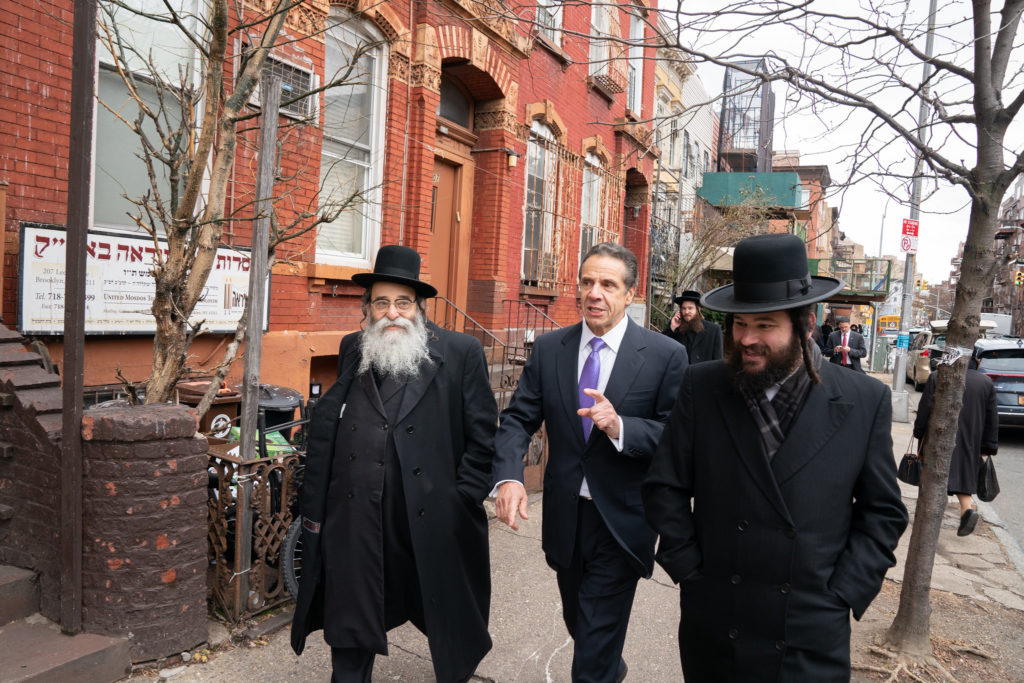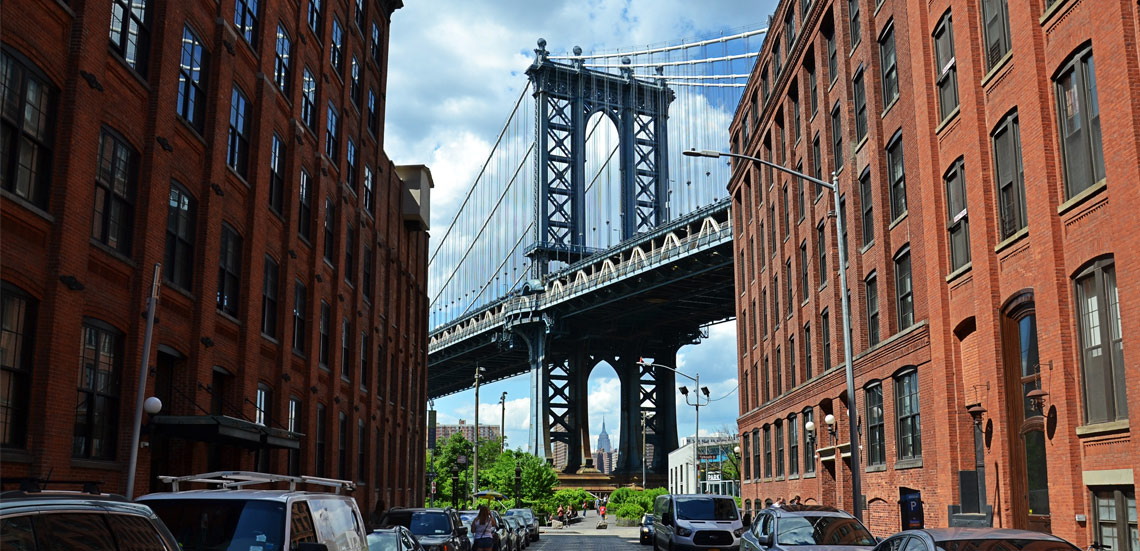Persistent anti-Semitic attacks in Brooklyn mirror national rise in incidents

A series of attacks on Hasidic and Orthodox Jews in Williamsburg and other Brooklyn neighborhoods were part and parcel of the fact that American Jews were targets of more anti-Semitic incidents in 2019 than any other year over the past four decades, the Anti-Defamation League reported Tuesday.
The Jewish civil rights group counted 2,107 anti-Semitic incidents in 2019, finding 61 physical assault cases, 1,127 instances of harassment and 919 acts of vandalism. That’s the highest annual tally since the group began tracking anti-Semitic incidents in 1979.
The ADL’s count of anti-Semitic assaults involved 95 victims. More than half of the assaults occurred in New York City, including 25 in Brooklyn. Eight of those Brooklyn assaults happened during a span of eight days in December, primarily in Williamsburg, Crown Heights and Borough Park, all neighborhoods where many Orthodox Jews live.

Brooklyn Boro
View MoreNew York City’s most populous borough, Brooklyn, is home to nearly 2.6 million residents. If Brooklyn were an independent city it would be the fourth largest city in the United States. While Brooklyn has become the epitome of ‘cool and hip’ in recent years, for those that were born here, raised families here and improved communities over the years, Brooklyn has never been ‘uncool’.